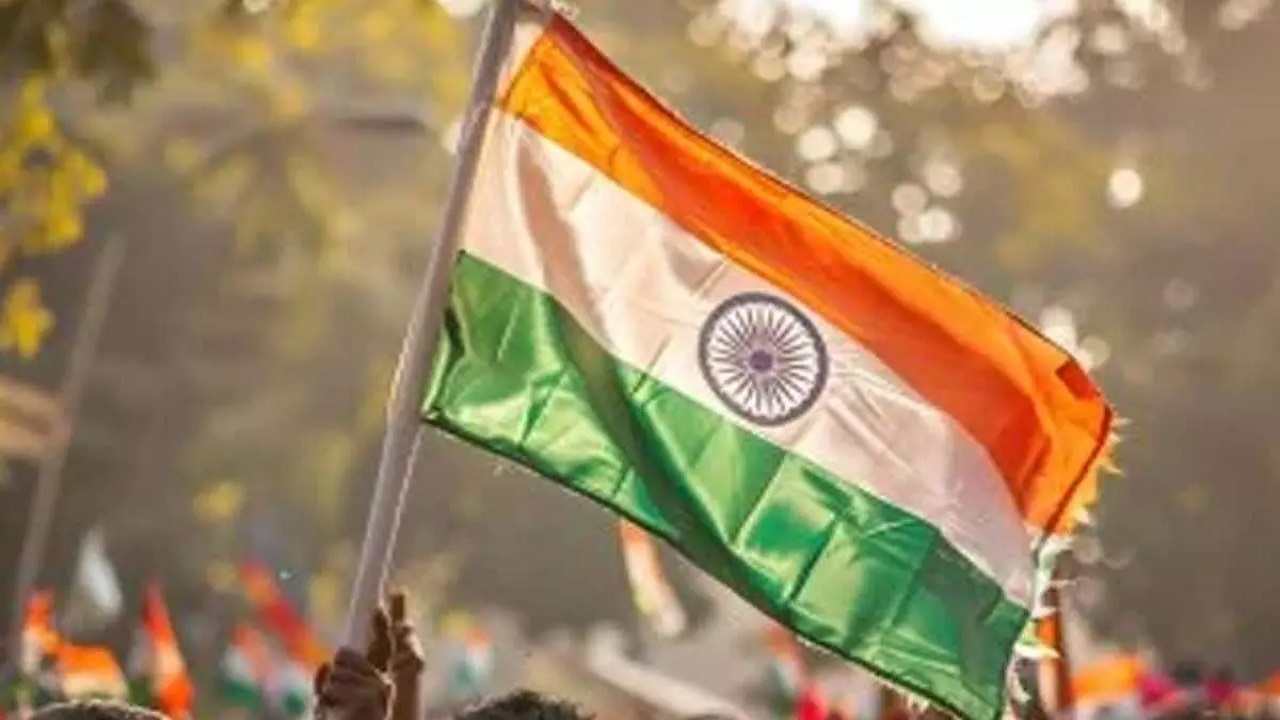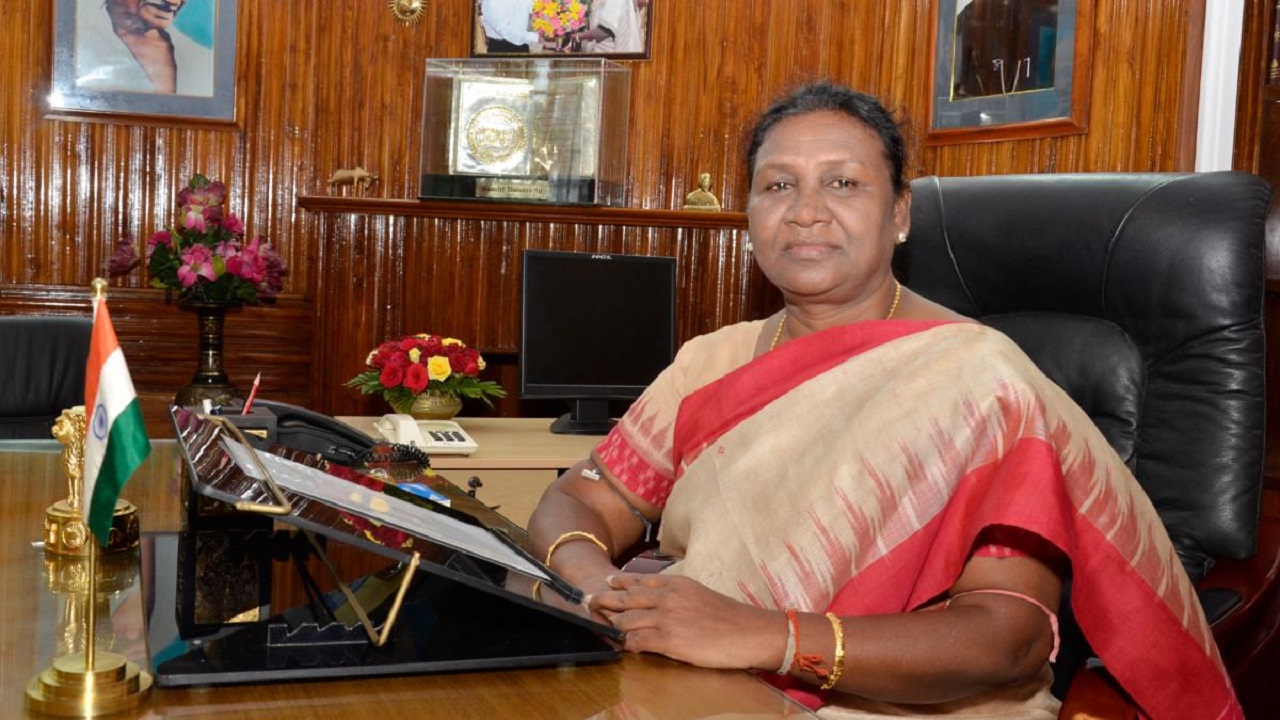India’s Development Story : Balancing Growth and Sustainability
Context
India marked its 79th Independence Day as a nation that has grown resilient, confident, and globally significant. Despite historical challenges such as US sanctions after Pokhran (1998) and the Seventh Fleet episode during the 1971 war with Pakistan, India has emerged stronger. Today, it is recognized among the fastest-growing economies and as a major global power.
Introduction
From the modest beginnings of $30 billion GDP in 1947 to becoming the world’s 4th largest economy by 2025 (nominal terms), India’s journey has been one of determination and transformation. Economic growth, social progress, food self-sufficiency, technological breakthroughs, and a global role define this trajectory, even as challenges remain.
India’s Economic Growth
-
GDP increased from $30 billion (1947) to a projected $4.19 trillion (2025) according to IMF estimates.
-
By 2025, India is projected to be the 4th largest economy in nominal GDP and the 3rd largest in PPP terms ($17.65 trillion).
-
Between FY15 and FY25, real GDP grew at an average of 6.5% annually, while agriculture GDP grew at 4% annually.
Socio-Economic Transformation
-
Poverty: At the $3/day (PPP) threshold, poverty reduced from 80% in 1947 to 5.3% in 2025.
-
Literacy: Improved from 18.3% in 1951 to 77% in 2023.
-
Life expectancy: Increased from 32 years in 1947 to 72 years in 2023.
-
Women’s empowerment: Marked progress in education, socio-economic participation, political representation, and leadership roles.
Agriculture and Food Security
-
Foodgrain production rose sevenfold, from 50 MMT in 1947 to 353.9 MMT in 2024–25.
-
India became the world’s largest rice exporter with 20.2 MMT in FY25, along with exponential growth in horticulture, milk, and egg production.
-
India is now a net exporter of agriculture, unlike the US and China.
-
Despite food security, nutritional security of children under five remains a pressing challenge.
Technology, Science and Space Achievements
-
India’s space achievements include Mangalyaan (Mars mission) and Chandrayaan’s landing near the Moon’s South Pole, positioning the country at the frontiers of space exploration.
-
The digital revolution is led by UPI, which handles over 10 billion transactions monthly, influencing fintech models globally.
-
Indian-origin leaders like Sundar Pichai, Satya Nadella, and Indra Nooyi hold top positions in global corporations.
-
Development slogans have guided progress: “Jai Jawan, Jai Kisan” (Shastri), “Jai Vigyan” (Vajpayee), and “Jai Anusandhan” (Modi).
Challenges Ahead
-
Subsidies: Nearly Rs 3.71 lakh crore (2025–26 Union Budget) allocated for food and fertilisers, but studies show 20–25% of subsidies fail to reach beneficiaries. Rationalisation and focus on agri-R&D and value chains are needed.
-
Environmental concerns: Sustaining growth requires protecting soil, water, and air quality.
-
Nutritional security: Addressing child malnutrition through women’s education, maternal health, and sanitation remains a priority.
India in the Global Context
-
In 2025, China’s per capita income stands at $13,690 (PPP $28,980), compared to India’s $2,880 (PPP $12,130).
-
Despite economic gaps, democracy remains India’s greatest strength, distinguishing it from its neighbours.
-
India provides a developmental model for Asia and Africa and competes globally in high-tech sectors.
Vision for Viksit Bharat @ 2047
-
The vision for 2047 focuses on:
-
Inclusive growth for all sections.
-
Reduction of bureaucratic hurdles.
-
Promotion of a scientific culture.
-
Sustainable development with environmental safeguards.
-
-
The objective is to establish India as a developed nation by its centenary of independence.
Conclusion
By 2047, India seeks to achieve Viksit Bharat and establish itself as a global leader in technology, agriculture, and governance. With democracy as its guiding principle and sustainability as its foundation, India is on course to present a development model that can inspire the world.




Comments (0)